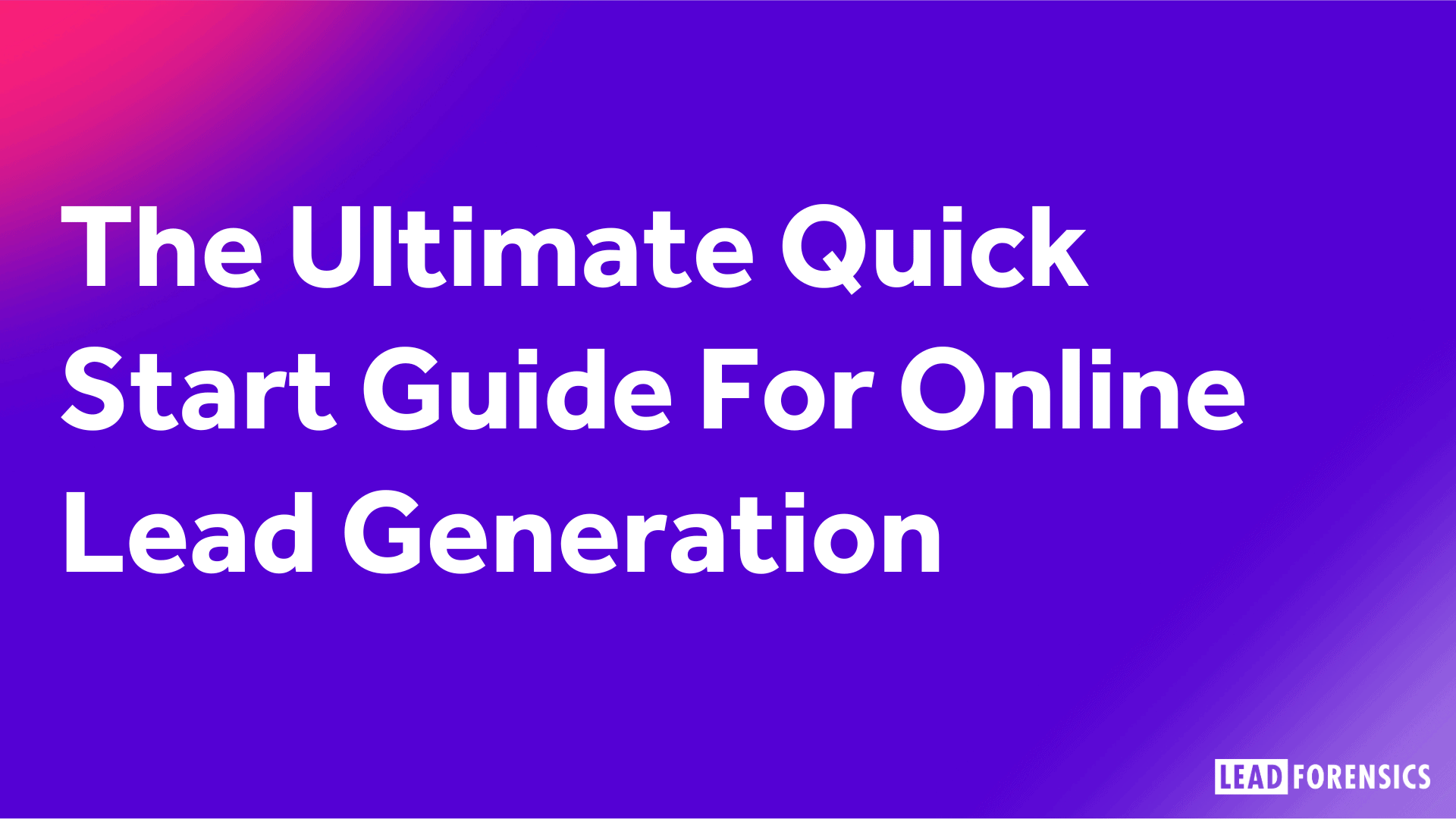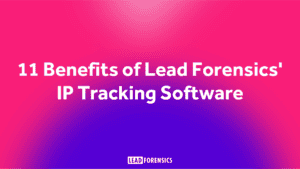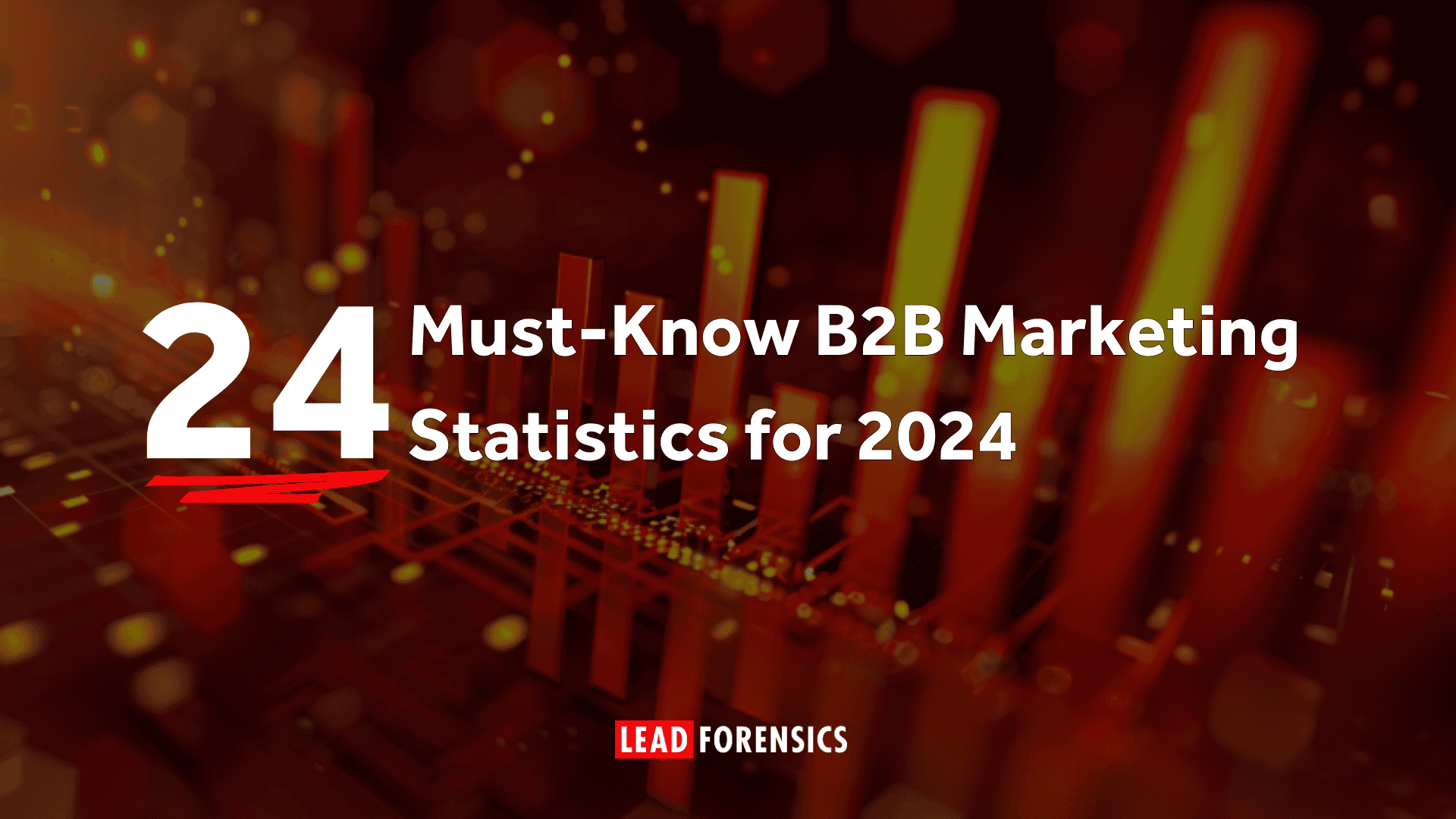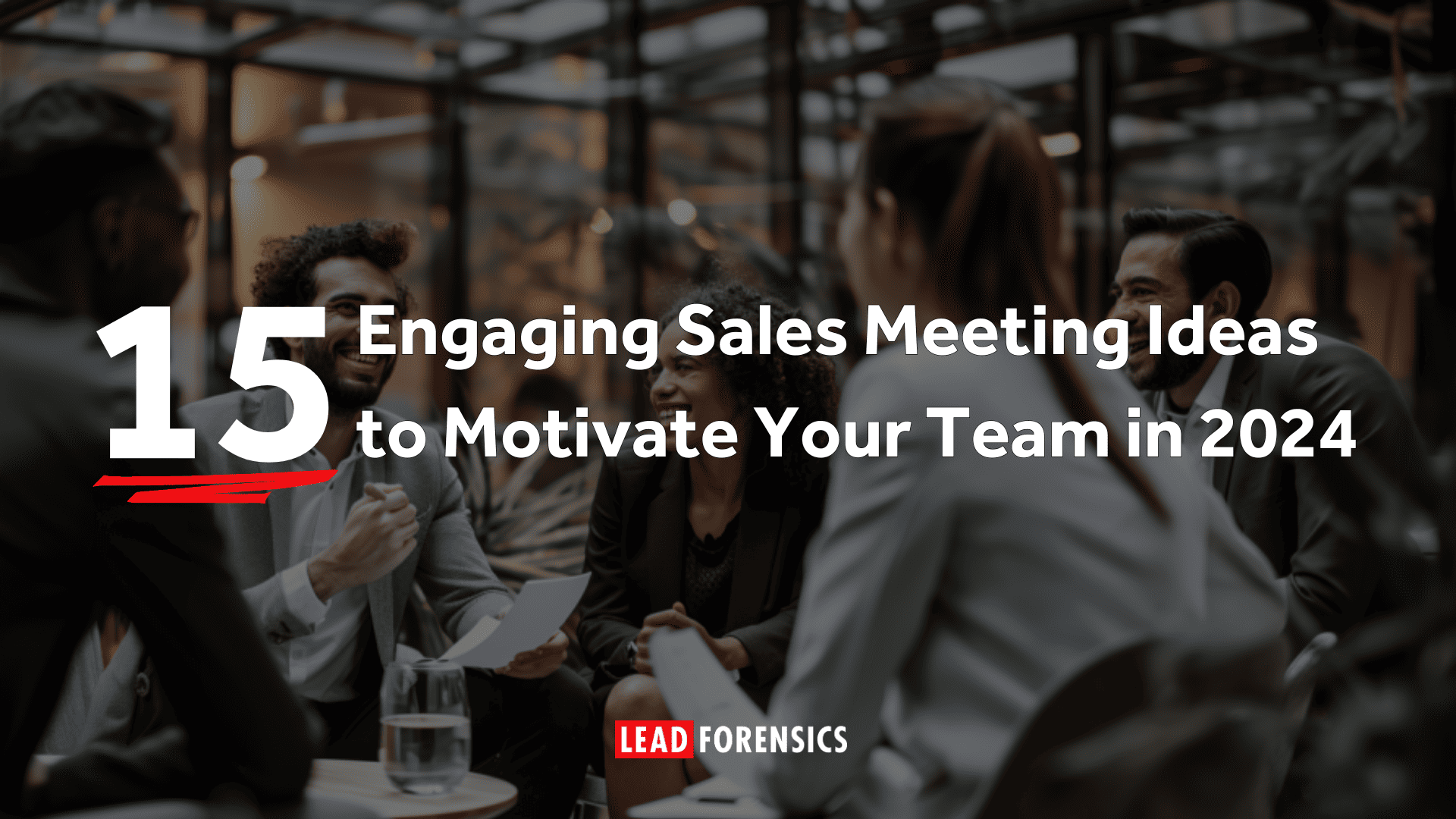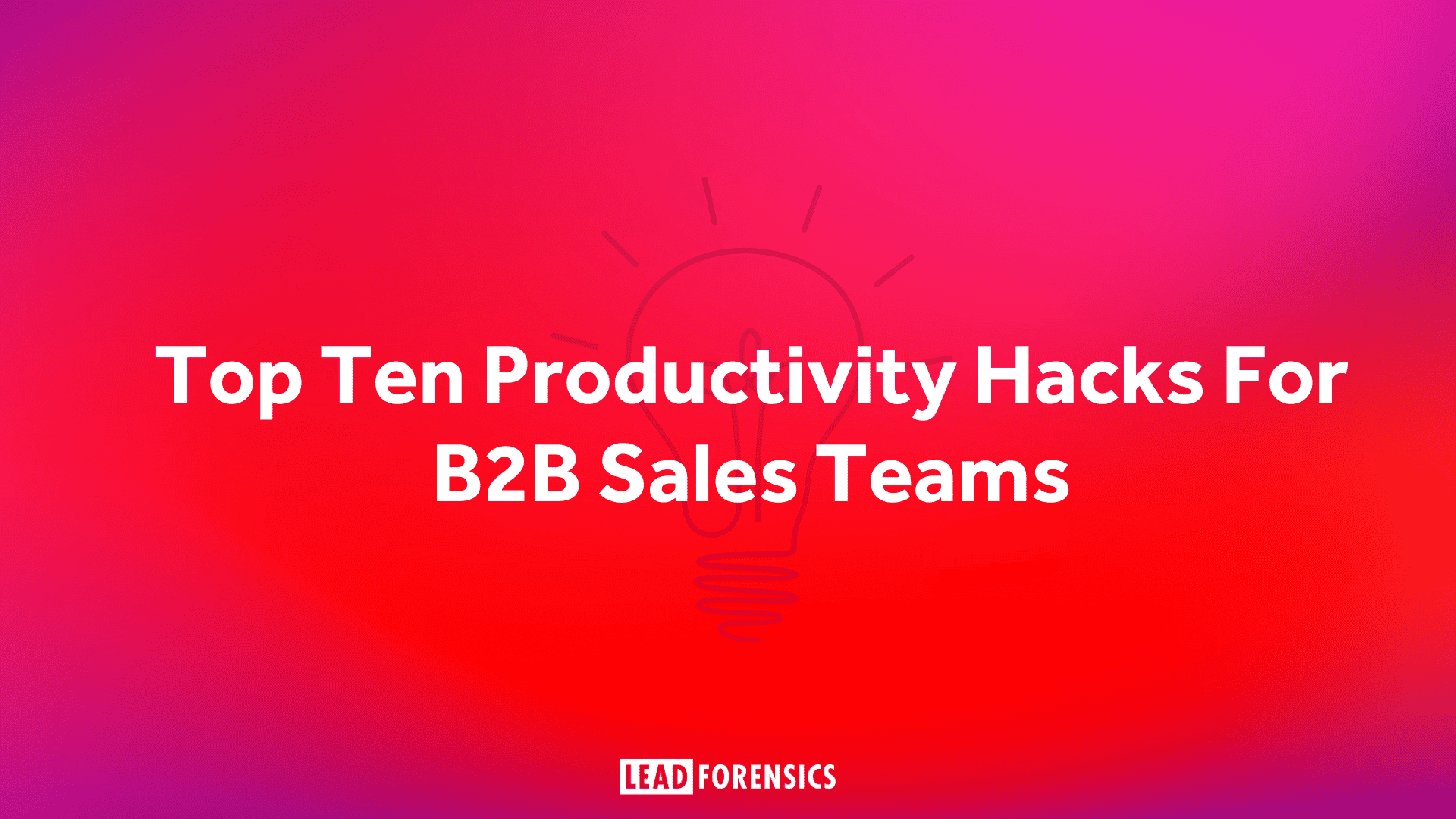While this guide can help you get started in a short amount of time and will show you results fairly quickly, it is only the first step.
Once you’ve seen how it works and the results it could generate for you, then you can use the insights you’ve gained to take it up a gear and become a fully-fledged online lead generation machine.
Playing The Long Game
One thing to bear in mind is that online lead generation is not going to be a quick fix. Unlike spending money on advertising, for example, which should have some sort of immediate effect (if it’s in the right place, hitting the right buttons and highly targeted), using content marketing to generate leads will take a lot longer.
Don’t let that put you off, though! In the long run, it will be far cheaper and a lot more effective.
Get Started On A Strategy
To get started you need to set the core elements of your strategy. Firstly, you need to answer these key questions:
Who do you want to target? – To help you drill down and clearly define your answer, develop one or two buyer personas that represent your target individuals
What problem are you solving for them? – Think what their greatest pain point is and how your solution can solve their problem.
What will a good lead look like? – Decide on your lead qualification criteria and define what a good lead would be.
Do you have the right technology? There are certain tools you are going to need if you are to get fully on board with online lead generation. A website that is easy to update is one thing and you will hopefully already have some sort of CMS in place. In addition, you’ll need the following:
- A form mechanism on your website that will allow you to capture data
- A way to send out emails automatically when someone shares their details with you
- Analytics software to help track effectiveness, such as Google Analytics
And of course online lead management software, such as Lead Forensics, can be helpful.
Get Your Core Content Together
There are some core pieces of content you are going to need before you can kick off your campaign. Firstly, you need to develop a pdf that will be available for potential prospects to download from your website. It should answer all the questions that may surround a potential customer’s problems and also your solution.
Keep it simple, yet interesting and informative. Make sure it is clear and reads well, and that it is attractive, with high-quality images and graphics.
You will also need landing page copy (see point 3) and a ‘thank you’ webpage and email, for those who download the pdf.
Create A Landing Page
Once you’ve outlined your basic strategy it’s time to set up your campaign. The first step is to create a compelling landing page on your website that will offer the pdf for download. This page should make it very clear who may be interested in the document’s contents and why. It is when landing here that a new prospect will judge whether to download the pdf or not, so the words and images you use are crucial.
You then need to place calls to action and graphical elements across your website that will point prospects towards the landing page. These need to be appealing enough that someone will be encouraged to click through. Place them at prominent places around your website and also add them to everyone’s email signature.
Consider combining online and offline marketing, such as by using a QR code or very short link in your hardcopy materials that points back to the landing page. Also, think about producing special graphics for your social media platforms.
Set Up a Process For Downloads
Once a prospect is on the landing page and submits their details in exchange for the pdf, set up a process so they then automatically go to a ‘thank you’ page. This needs to be hidden from search engines. On that page, thank them for their interest and provide the download link, as well as a next step.
For example, that could be encouragement to sign up for your newsletter, or to get in touch and your contact details, or even another piece of downloadable content. You could also encourage them to follow you on social media. Basically, plug whatever it is that you already have and can offer easily.
Another piece of content to prepare in advance is a well-written follow-up email that will automatically go out to anyone filling in their details. This should include the link to the download. For your starter campaign one email draft will be enough.
Eventually, you may want to set up an entire library of them, so you can kick off nurturing campaign tailored to exactly who has downloaded what.
Invest In Some Promotion
For quick wins consider setting up some online ads. They are fairly cheap to do and can lead to some good results, especially if they are extremely well targeted. Depending on your resources you may want to outsource this to a specialist agency, as the learning curve with these types of ads is very steep.
As well as ads and calls to actions on your website, there are many other ways you can get the link out there. It’s about finding all the appropriate places you can reference your downloadable pdf. If you eventually go on to set up a full content marketing strategy then you’re next step would be to start producing blog posts around particular topics, which include the call to action within them.
Outline The Whole Process
As part of your planning, make sure you’re clear on what the overall process of generating leads and dealing with them will be. Base it on this simple concept – do whatever you can to help people find your content and then encourage them to download it.
From those, filter out the best leads and start nurturing them with the aim of converting them into clients over time.
Put An In-House Person In Charge
You will attract all sorts of different leads, so you need someone in-house to sort through all the leads you are generating and filter out the best ones. The idea is to quickly research them online to figure out if a company falls within your criteria for what makes a good lead.
The assigned person will need to receive notifications about any new leads and then further qualify the interesting ones, by either email or a quick call – being careful just to be helpful, not to sell.
Customize Your Lead Forensics Portal
If you are using Lead Forensics software then make sure you have set up all appropriate triggers and rules. Check your target account list is uploaded into the software and up to date, then consider how you might target those prospects with your download.
You can set up a trigger to alert you when a target prospect visits your website, even if they don’t go on to download your pdf.
Pinpoint Your Leads’ Ready To Buy Signals
There are certain words people use that sales reps will know to be a potential signal of readiness to buy or a clear signal of dropping out of the sales process. In the same way, fainter signals can also be picked up from the behavior of your online leads.
Whoever is tasked with calling prospects to better qualify them needs to be properly trained so they can recognize what these signals may be and react in the right way.
Hand Over To Sales at the Right Time
A big issue to decide on is when marketing should hand a lead over to sales. When you start your first online lead generation campaign this won’t be too big a deal yet, as it’s unlikely the number of leads coming through will be too big to handle.
However, keep in mind that just because someone has downloaded your content doesn’t mean they are ready to buy. Having a sales exec jump on a call at this stage may not be a great use of anyone’s time.
Instead, start by looking out for signals, being helpful and simply trying to find out more about the lead, their situation and what problems they are trying to solve. Only pass leads over once they are qualified and more is known about them.
Analyze, Review, Improve (Then Repeat)
Finally, once your campaign is live, think about your learnings and some key KPIs. For example, how many people downloaded the content? What source brought them there? – ie. which promotion tactics are working best. What are the conversion rates from view to download? What kind of leads are being attracted? Etc, etc.
Analyze the data month by month and try to figure out what’s working, what’s not and how you can improve on things. Keep in mind how you will prove your content marketing ROI.
Next Steps
Once your first campaign is running and you have your eyes fixed on the numbers it’s time to think about next steps – your next pieces of content. The lead generating machine is a hungry one and it’s important to keep feeding it high quality, fresh content. Depending on the company and your goals, a base set of core content may be enough to keep the leads coming in via your website. But in other cases, you may need to think about building up a content database. Whichever strategy you follow, make sure you tie in any sales to your marketing activity, so you can prove ROI and see what’s working.
Learn More
Here’s some more reading on B2B lead generation:
B2B Lead Generation: The Complete Guide
Online Lead Generation in 2024: Are You Ready for the Revolution?
12 B2B lead generation strategies that actually work
B2B email marketing strategy for lead gen


